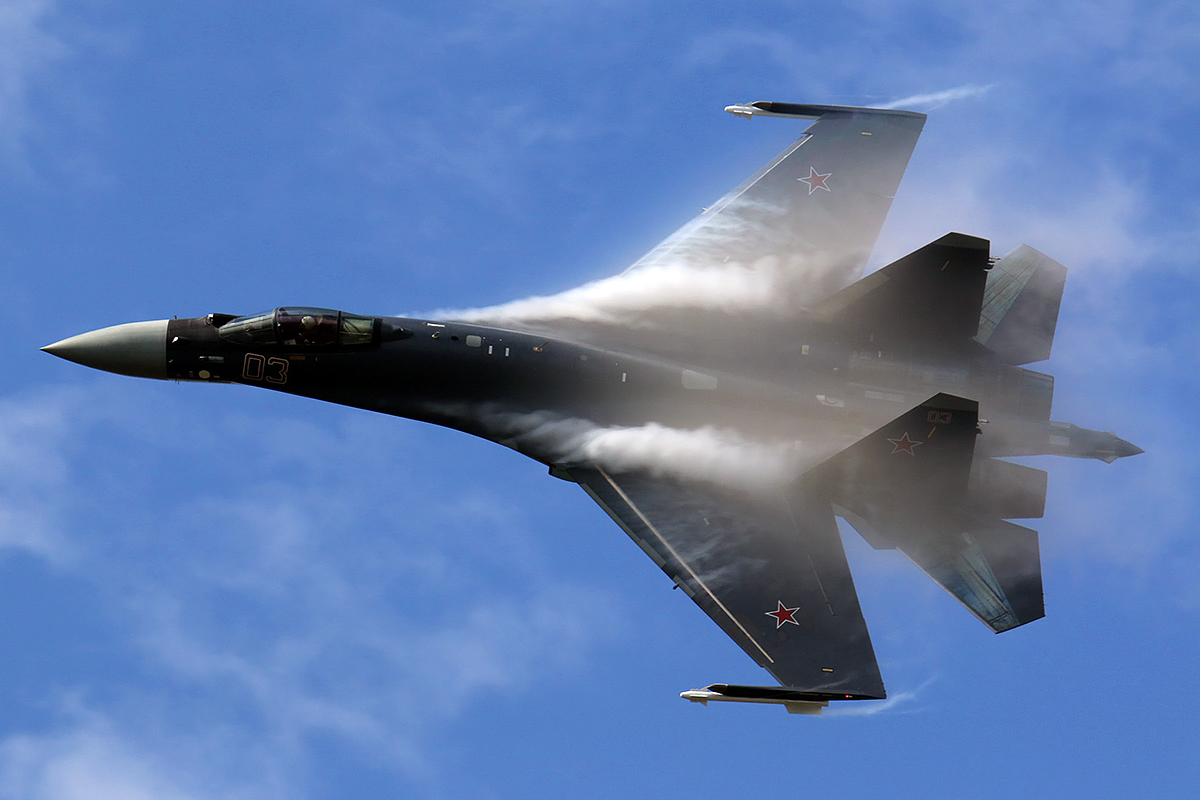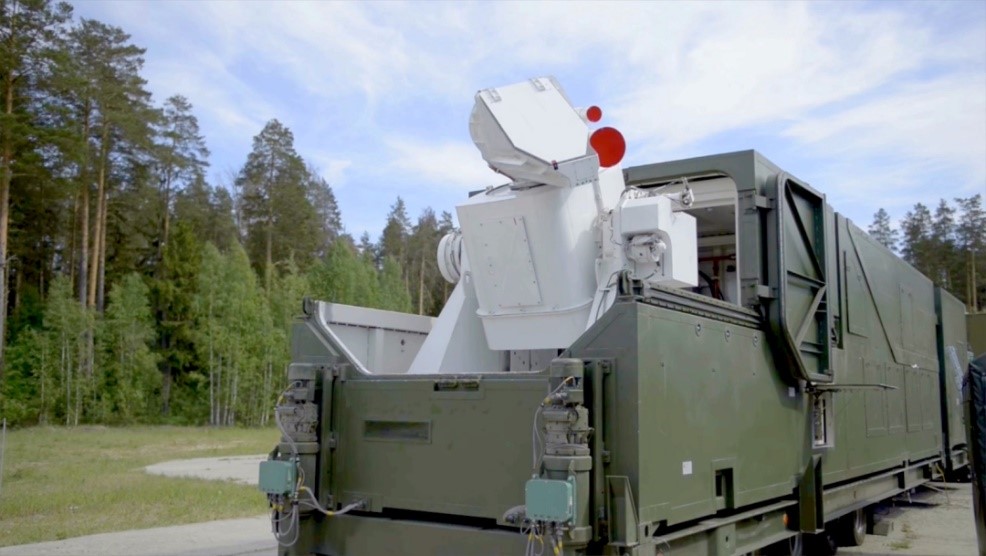
Russian Sukhoi-35 at the 2015 MAKS Airshow.
We hope to get these fourth-generation fighters in the future.
Recent reporting suggests that Iran is working to modernize its air force, which is widely considered the most deficient branch of its military. The deficiency in Iran’s air force rests largely on its outdated and increasingly obsolete jet fighters. Iran continues to fly F-14s sold to the Shah before the Iranian Revolution, and Iran is the only country that continues to fly the U.S.-made F-4 Phantom II, last produced more than 40 years ago. Iran also flies the Sukhoi SU-24, whose manufacture Russia ended 30 years ago; 40-year old MiG-29s; and a few Chengdu J-7s, a Chinese license-built version of the MiG-21. Iran claims its air force possesses more than 100 fighter jets, which is likely an exaggeration that does not take into account the end of production runs, natural attrition and aircraft losses, and cannibalization of some planes for spare parts.
In a bid to rectify these deficiencies, the excerpted article from the Borna News Agency, an outlet affiliated with Iran’s youth and sports ministry, suggests that the Iran is in the market to upgrade and overhaul its fleet. It quotes the commander of the Iran’s Army Air Force as saying that the Iranian military is considering the purchase of Russian Sukhoi-35s, an upgraded version of the Sukhoi-27 that it currently possesses. The article describes the Sukhoi-35 as “one of the most powerful 4th generation fighters in the world,” claiming it can engage up to eight air-to-air targets simultaneously. While in recent years Iran has concentrated its acquisitions and developments on drones and precision missiles, it now appears that a potential Iranian shopping spree—enabled by high oil prices and potential sanctions relief—will also aim to revitalize its air force. Such a purchase would also cement a long-term training relationship with Russia.
Source:
“Kharid-e Jangandeh Sukhoi-35 as Rusiya dar Dastor-e Kar-e Artesh-e Iran (The Purchase of Sukhoi-35 fighters from Russia is on the agenda of the Iranian army),” Borna (media outlet affiliated with the Islamic Republic’s youth and sports ministry), 4 September 2022. https://www.borna.news/بخش-سیاسی-3/1372678-خرید-جنگنده-سوخو-از-روسیه-در-دستور-کار-ارتش-ایران
Army Brigadier General Hamid Vahidi, commander of the Islamic Republic’s Army Air Force, told the security and defense Correspondent of the Borna News Agency about the purchase of fighter jets for the Army Air Force, saying that the purchase of Russian Sukhoi-35 fighters is on the agenda. He stated that the purchase of Sukhoi-30 is not in the plan but currently the purchase of Sukhoi-35 from Russia is under consideration and added: “This issue is on the agenda and we hope to get these fourth generation fighters in the future.” The commander of the Air Force also emphasized that the final decision on the purchase of Sukhoi-35 fighter jets from Russia rests with the Army Command and the Armed Forces General Staff.
Image Information:
Image: Russian Sukhoi-35 at the 2015 MAKS Airshow
Source: Dmitry Terekhov, https://upload.wikimedia.org/wikipedia/commons/9/9d/MAKS_Airshow_2015_%2820615630784%29.jpg?20150929070701
Attribution: CCA – SA 2.0



